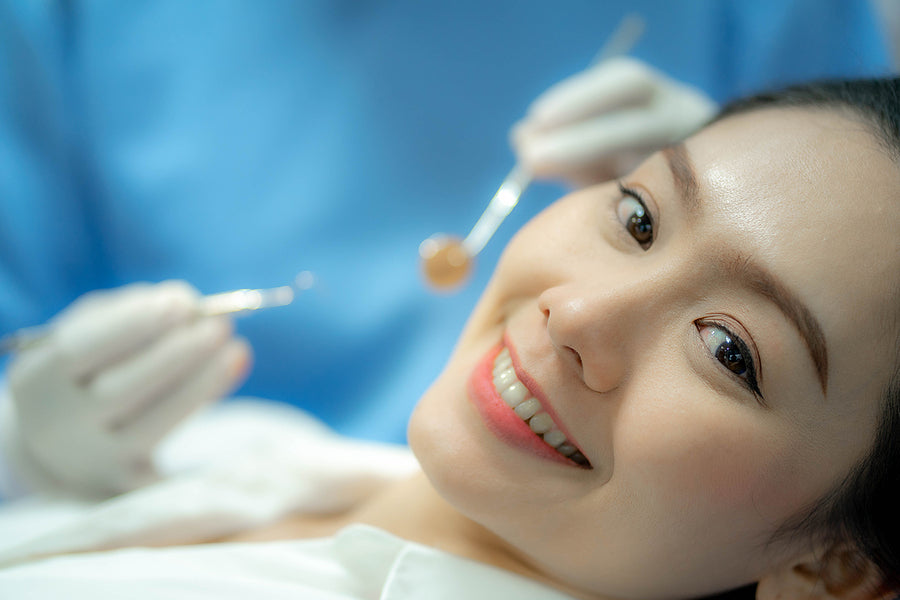
Computer-Aided Cosmetic Dentistry Is Older Than You Think

Dentistry thrives on technological advances, and the dental equipment that is used in offices today is often vastly different to the systems used a decade ago.
We have seen the rise of computer-aided alignment treatments such as Invisalign, advanced imaging and moulding systems to complement (and sometimes replace) conventional moulds with highly advanced 3D models.
However, one of the most interesting developments in recent years is CEREC, short for Chairside Economical Restoration of Esthetic Ceramic, which allows dentists to create accurate, high-quality personal crowns and veneers in their clinics.
This is far faster than the traditional method of creating moulds, sending them to a lab and fitting them over the course of several weeks, particularly if an impression has an issue and the restorations need to be refined or replaced.
However, its complexity and initial cost mean that it has only started to rise in popularity over the last decade. Despite this, the principle of computer-aided dentistry started in the 1970s alongside the rise in the accessibility of computers in general.
The very first system was created by Dr Francois Duret, a dentist that pioneered the use of computers in dentistry, and the method he used was decades ahead of its time.
His technique used an optical digitiser to scan the mouth and create a digital impression. Following this, a 3D design is produced on the computer before it was milled from a ceramic block.
These technologies are still used today in CEREC but are far smaller and far cheaper. Early computer-aided dentistry was so expensive and so reliant on large, bulky equipment that it could only be feasibly used within dental laboratories.
For comparison, the first film to use CGI was Westworld in 1973 and it would take until 1982’s Tron for it to see extensive use in a feature film. Rendering a 3D model of a tooth detailed enough to be used for CAD/CAM required a similarly powerful supercomputer.


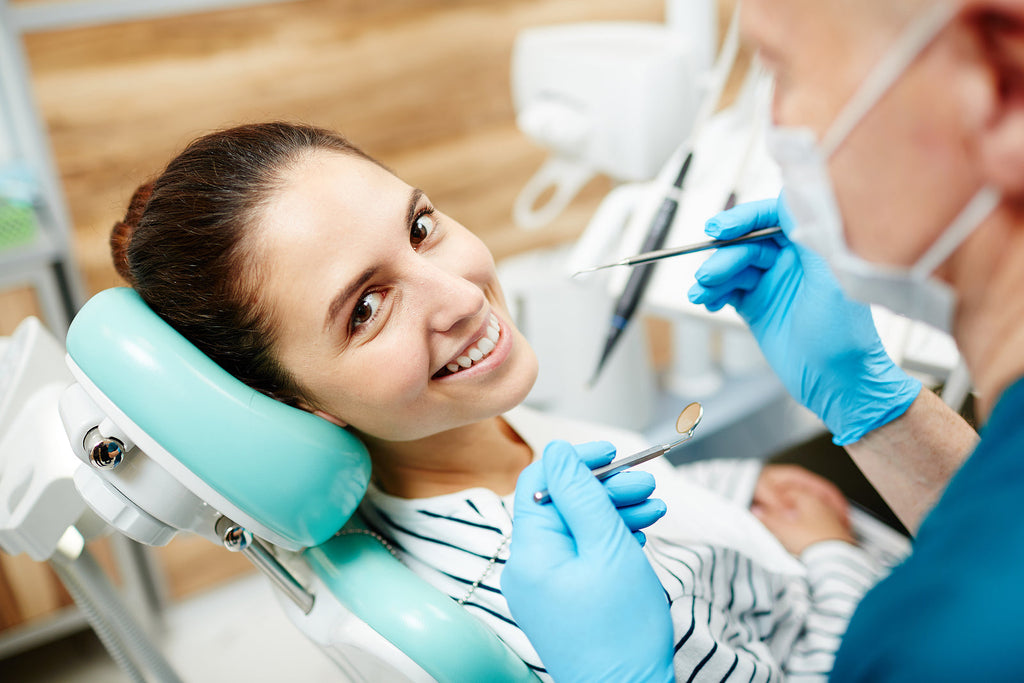
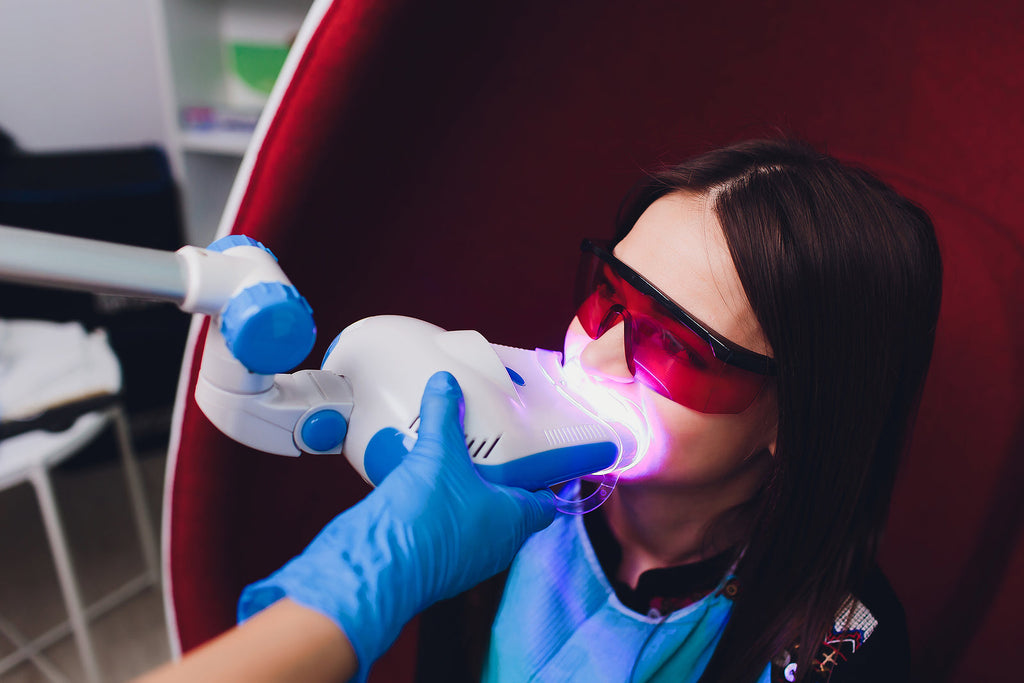
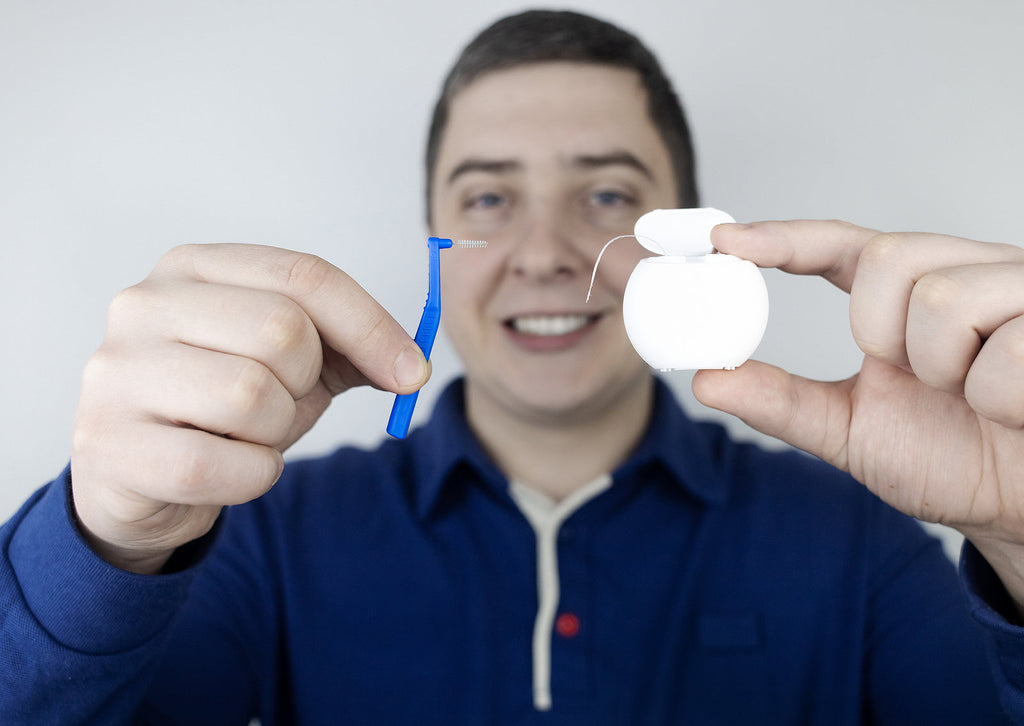


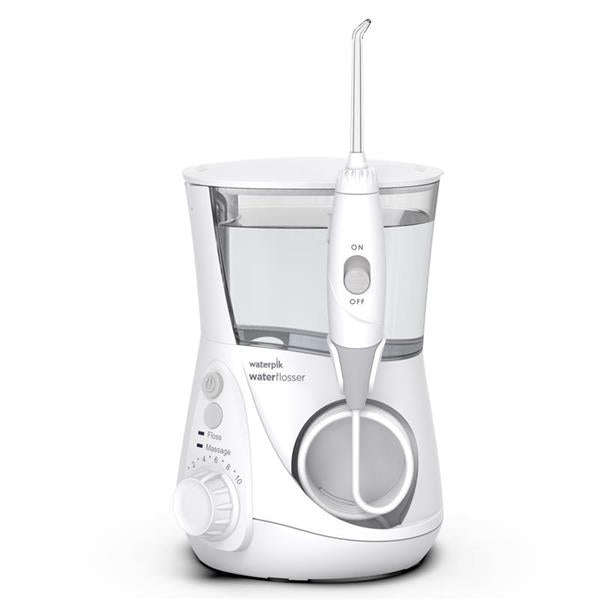
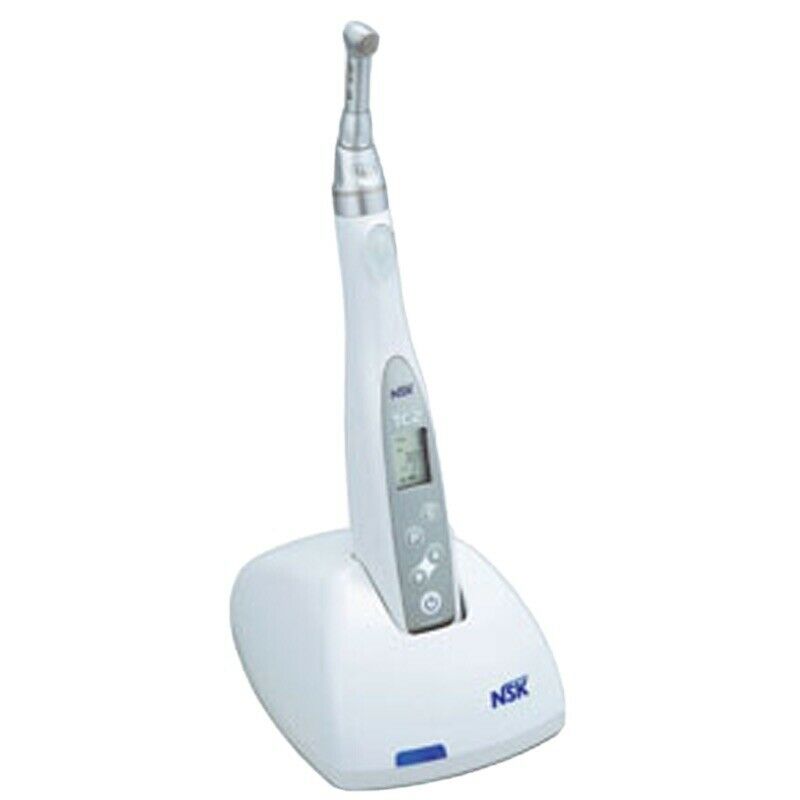

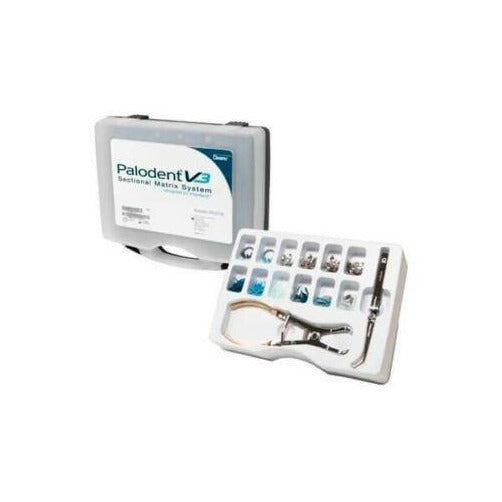
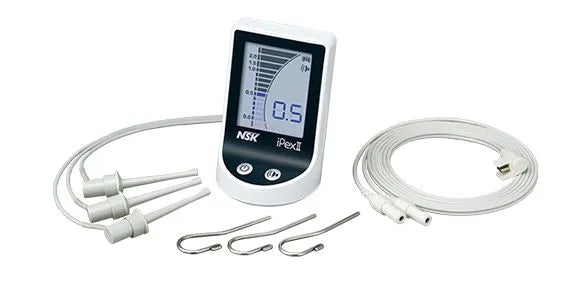
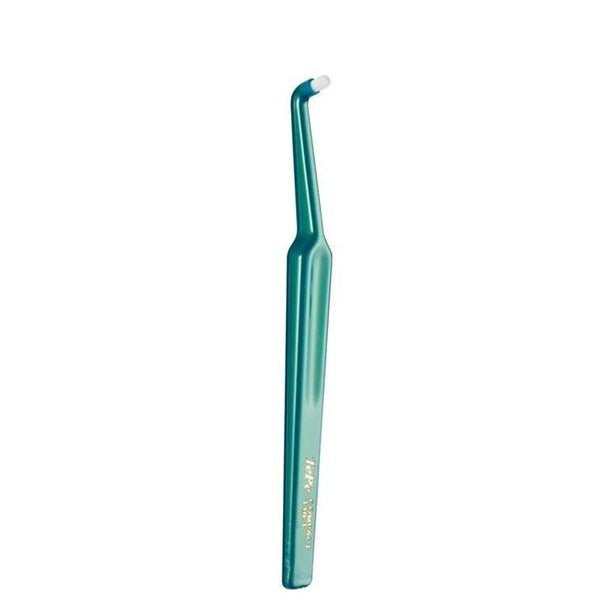


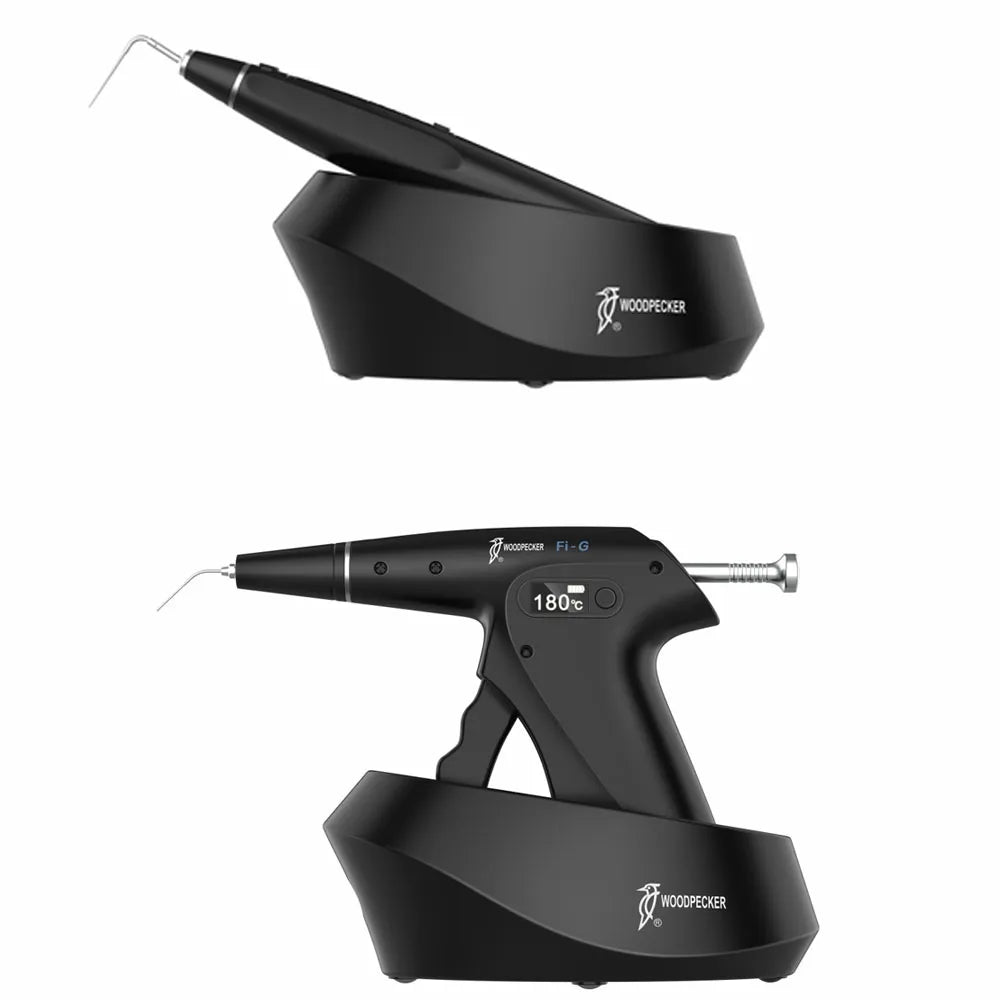
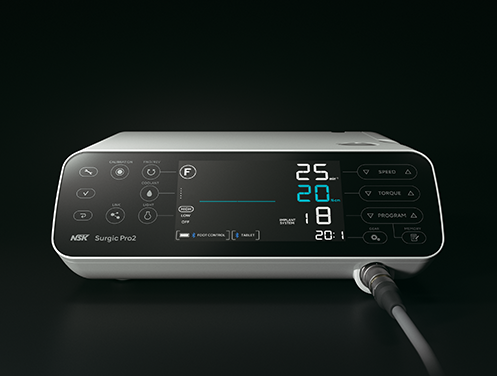
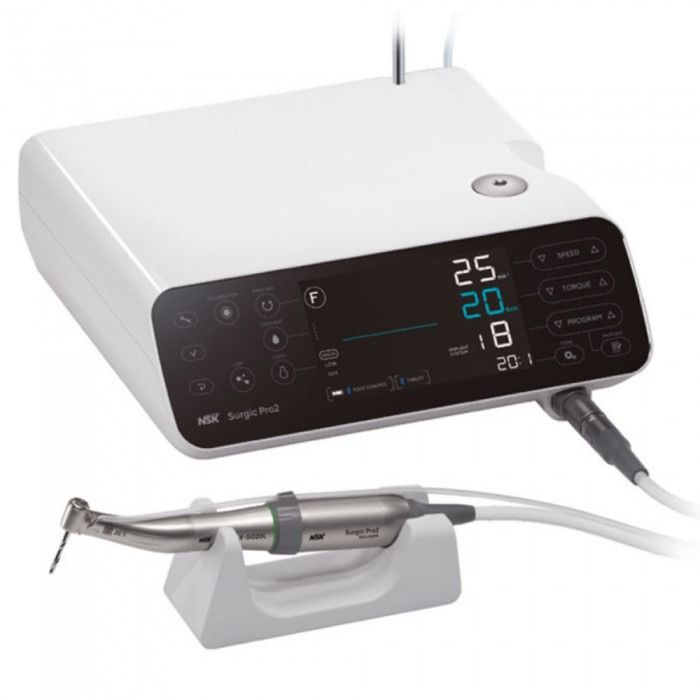

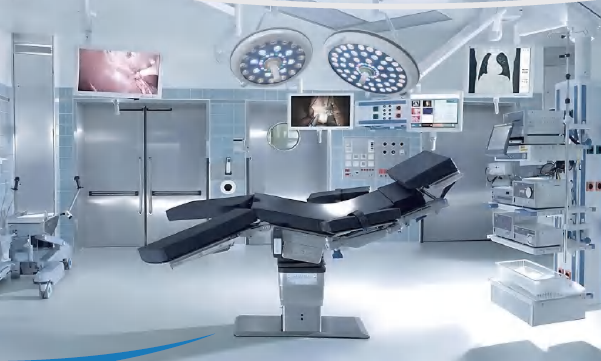
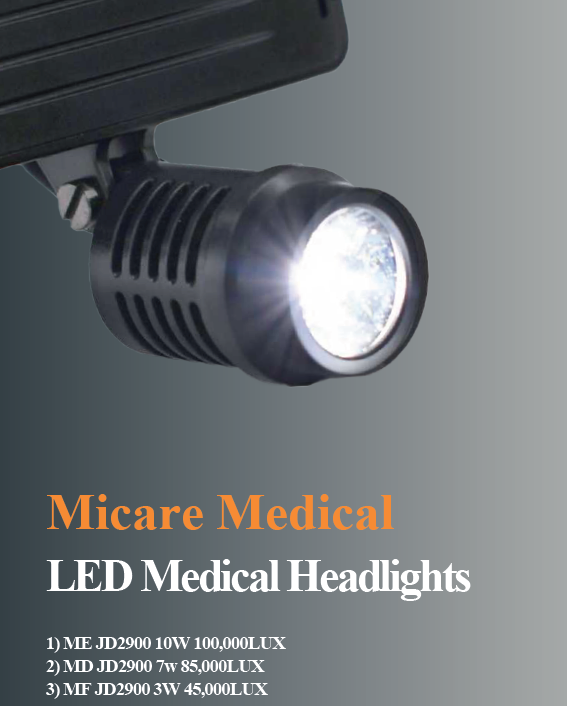
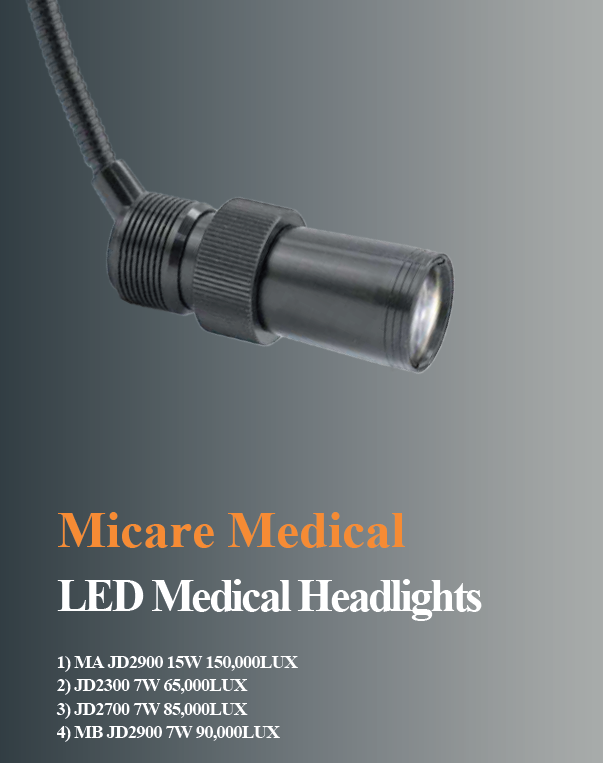
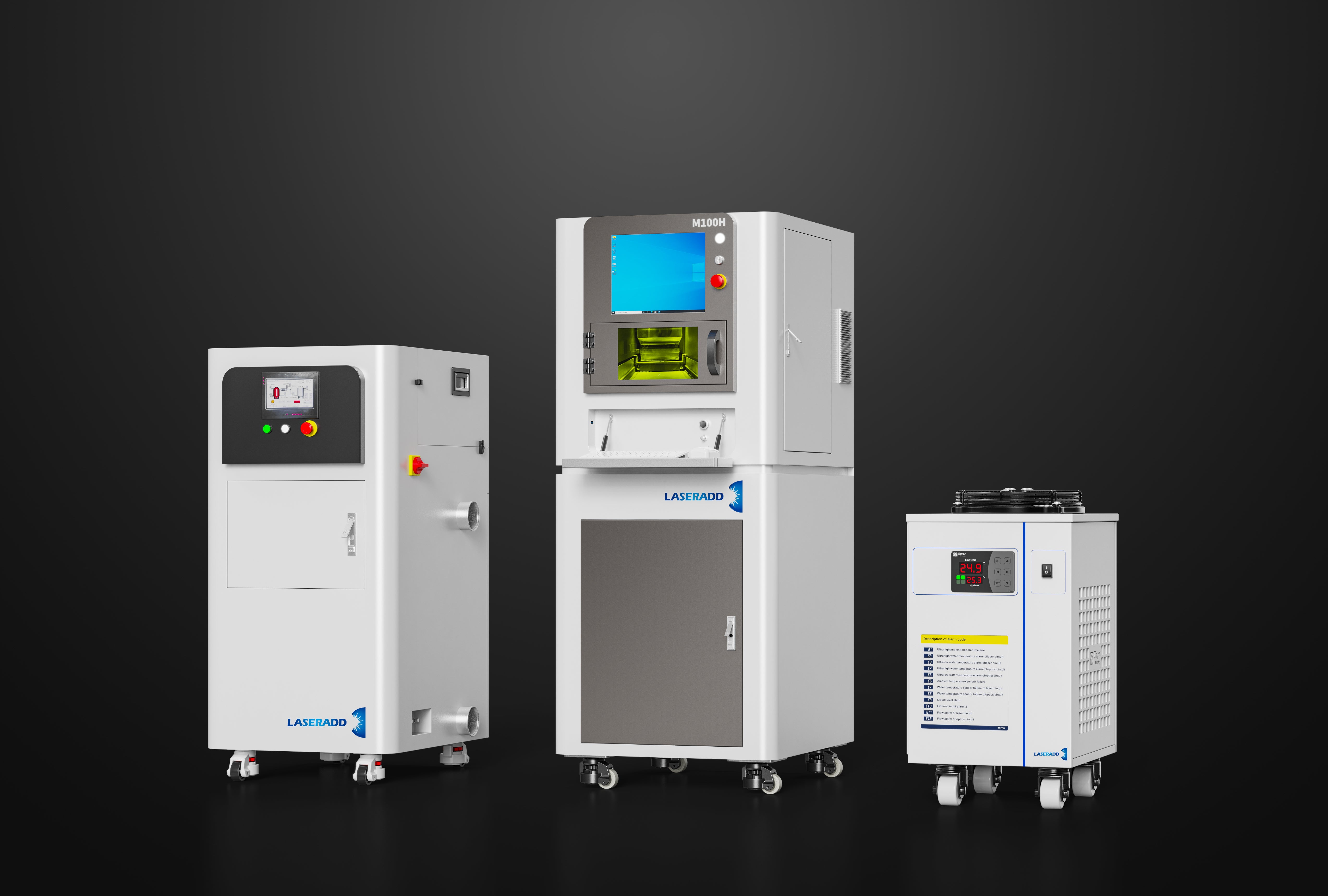

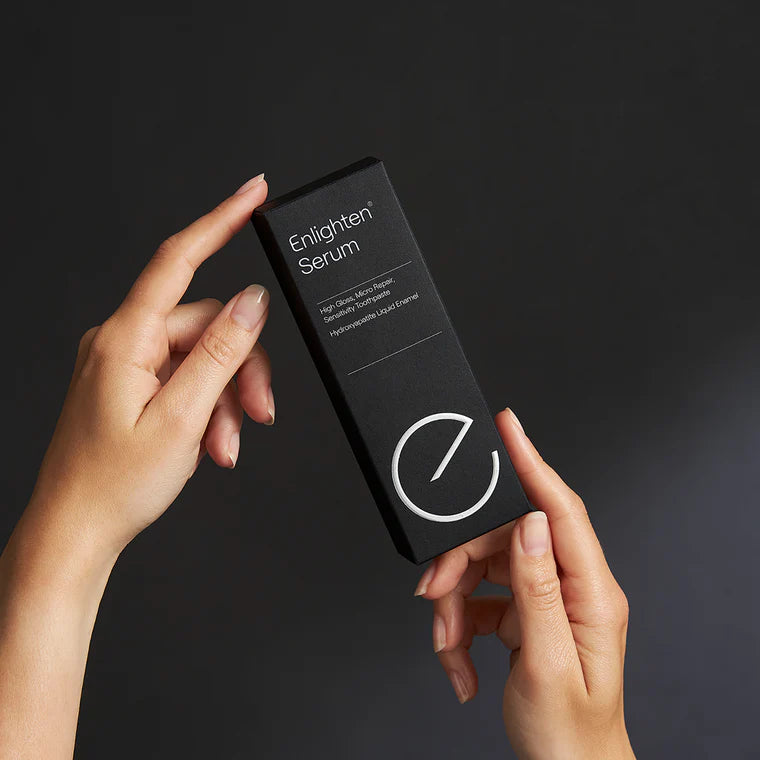
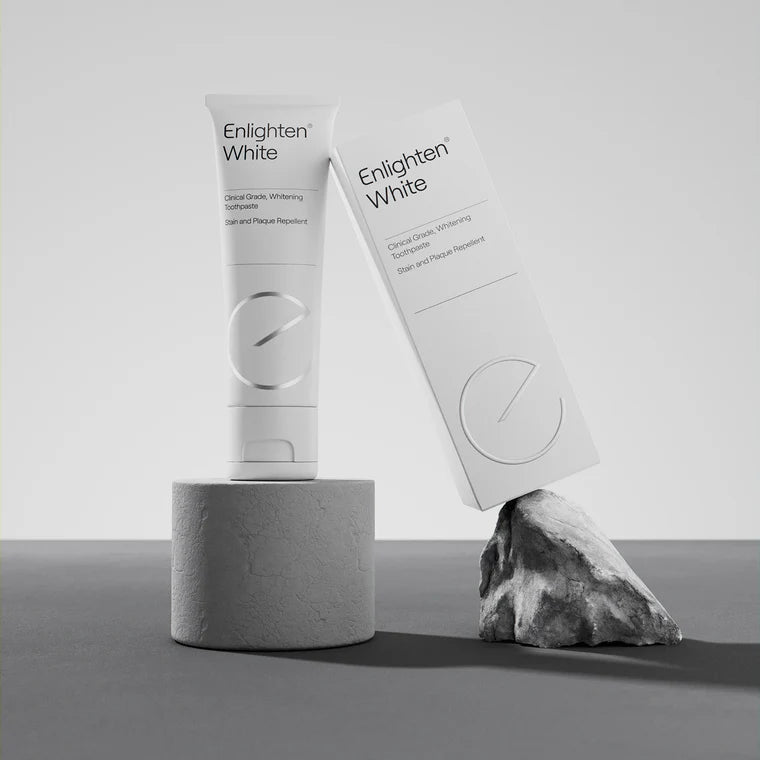
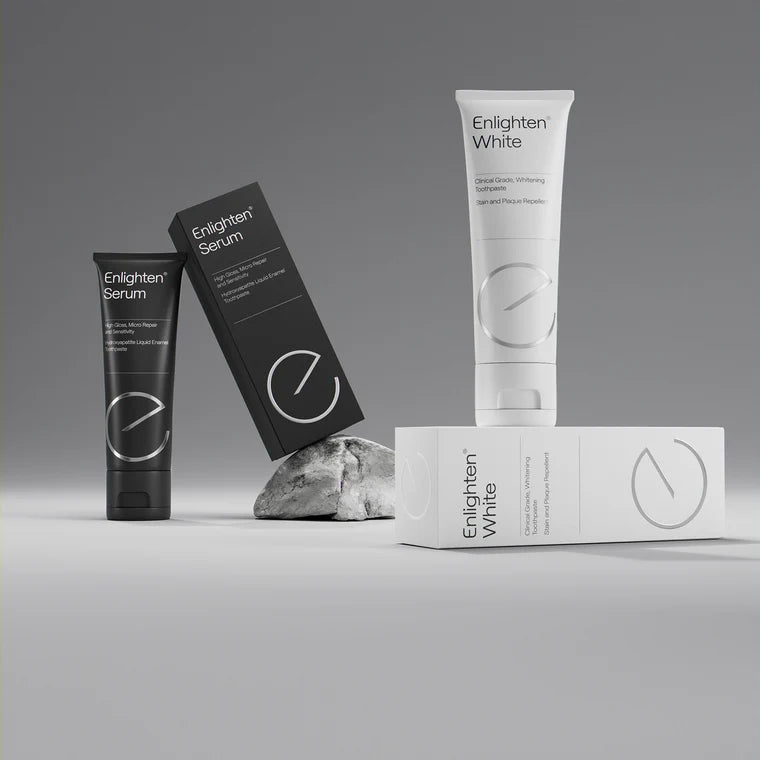
 Whatsapp us!
Whatsapp us!